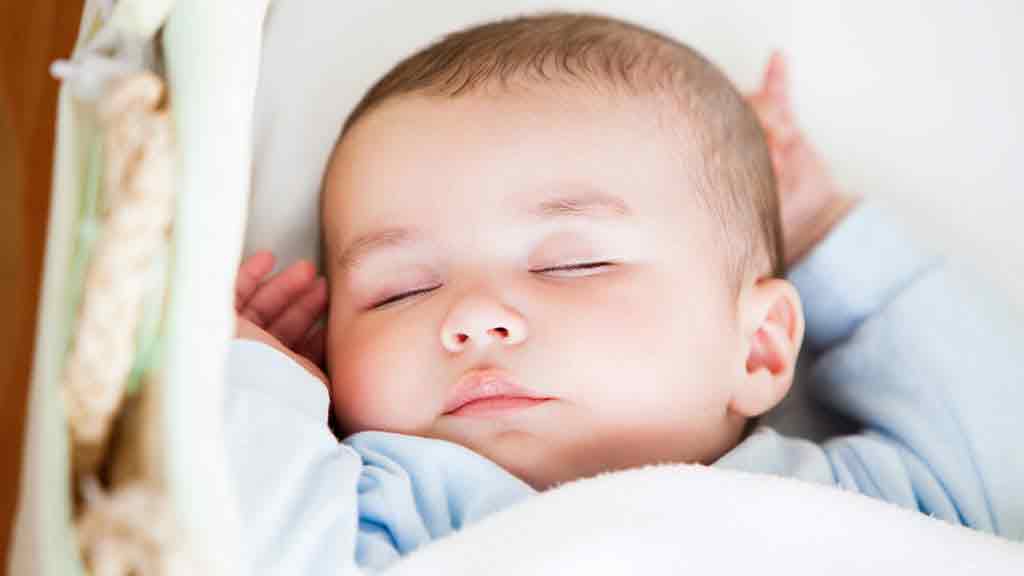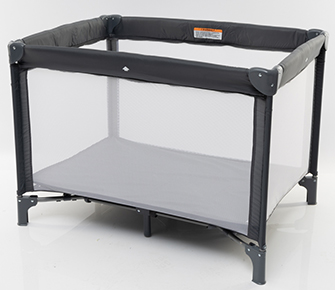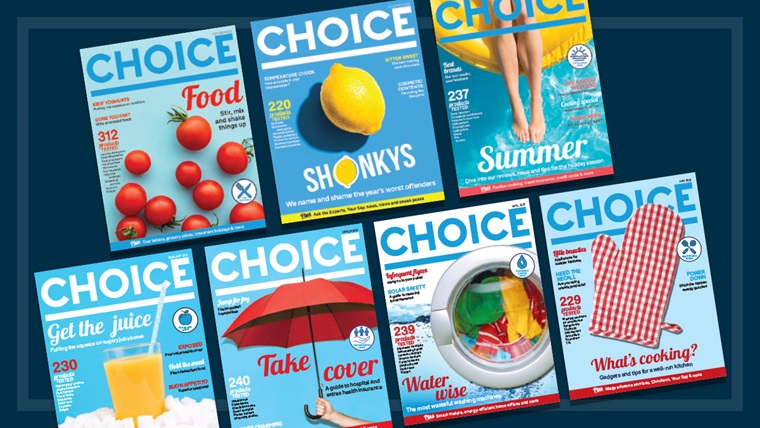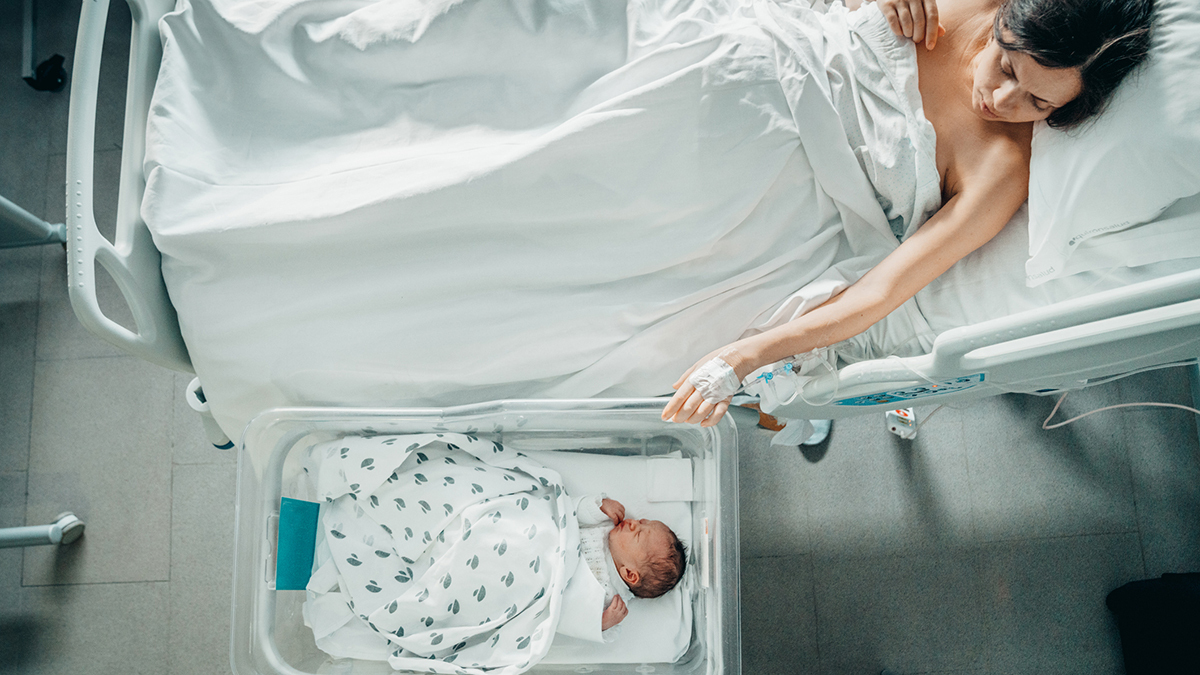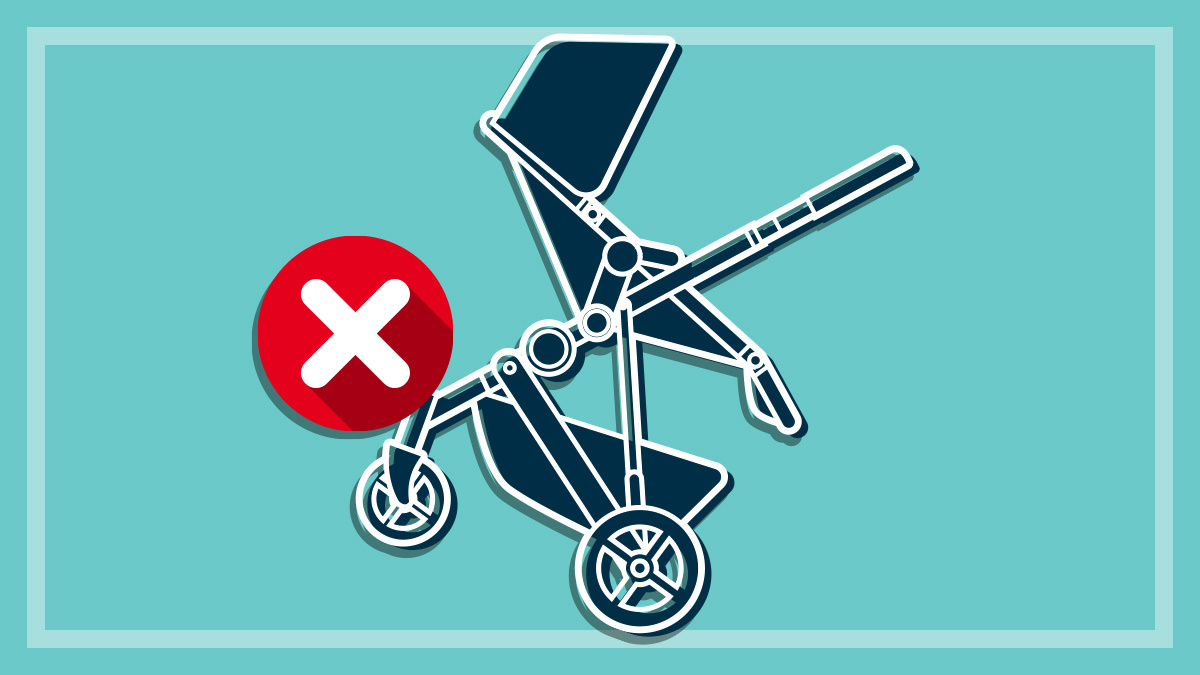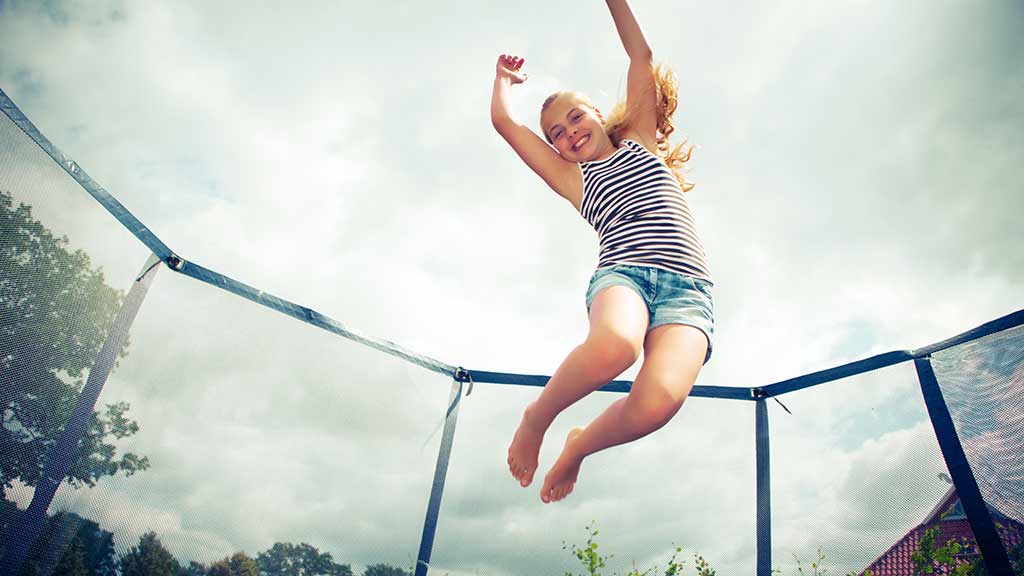How we test portable cots
Our expert testers examine portable cots in the CHOICE labs for safety and ease of use.
Last updated: 18 Dec 2023
When choosing a portable cot (or portacot), it can be hard to tell which ones have the important safety features and are also easy to set up and pack away.
On this page:
While there is a mandatory safety standard for all portable cots sold in Australia, we still find models that fail its requirements. Many fail the further tests set out in the more recent voluntary standard, too. That’s why we put them to the test in our lab.
Our expert testers
At CHOICE we maintain a highly professional NATA-accredited laboratory and the vast majority of our product testing is done in-house. We’re accredited to test to the Australian standard for portable cots, AS/NZS 2195:2010, so our lab experts really do know whether a portable cot is safe or not.
How we choose what we test
With so many to choose from, what makes us choose one portable cot to test over another? As with most of our product testing, our aim is to test the most popular brands and types on the market and what you’re most likely to see in the retailers.
We survey manufacturers to find out about their range of products, we check market sales information and we also check for any member requests to test specific models. From this information we put together a final list that goes to our buyers.
They then get onto retailers – online, by phone or the old-fashioned way of actually going into stores – and purchase each product, just as a regular consumer would. We do this so we can be sure the products we get are the same as any consumer would find them and not ‘tweaked’ in any way for better performance.
How we test portable cots
Our in-house lab is accredited to test portable cots against the most current Australian standard for portable cots, AS/NZS 2195:2010, and also against the mandatory standard (which is based on a 1999 version of the standard). The 2010 version has some differences to previous versions of the standard, and our results are based on this version.
Our experts test the cots (and any supplied accessories, such as change tables, bassinet modes and toys) for their safety performance, including checking for:
- small objects (which could become loose and pose a choking hazard)
- sharp corners, edges and points
- entrapment hazards between any moving components
- head, limb and finger entrapments in openings
- strangulation hazards from straps or other components.
In addition to this, we assess each portable cot for:
- sufficient depth – a strict condition to prevent a child falling from the cot
- stability – the cot mustn’t tip or tilt too easily
- mattress firmness – the mattress must be firm and level enough to provide a safe sleeping surface (as per the Australian test method for mattresses AS/NZS 8811.1)
- horizontal and vertical strength – the cot’s frame needs to be sufficiently sturdy
- castors or wheels – these must have brakes and not roll too easily (so that the cot can’t be pushed out of place unintentionally)
- breathable zones (i.e. mesh rather than solid material or non-breathable fabric) on all four sides and at sleeping level – this is to prevent suffocation if an infant happens to roll to the side. Some small or narrow strips of non-breathable areas are OK, such as at the corners.
In addition to our performance and safety testing, we also score the portable cots for their ease of use, including:
- unpacking and setting up the cot (as well as any supplied accessories)
- folding it and packing it away (into the carry bag, where provided)
- the quality of the supplied instructions.
Test criteria explained
The CHOICE Expert Rating, our overall score that determines which portable cots we recommend, is made up of the scores for:
- performance (70%)
- ease of use (30%).
Performance and ease of use scores are based on the factors listed above. For performance, we score as follows:
- 100% – no failures
- 80% – only very minor failures
- 60–65% – at least one minor failure
- 40% or less – at least one serious safety failure.
We only recommend models with a CHOICE Expert Rating of at least 70%. These models pass all our safety tests, but may have some very minor failures such as with information labels.
For some tests no models score high enough to be recommended. In this case, look for the models that score at least 60%, as they’ve passed the key safety tests and have only minor safety failures.
Our portable cots buying guide explains more about how to choose the safest portable cot.
Our test lab
CHOICE has high quality NATA-accredited laboratories with calibrated test equipment and lab staff who are skilled and accredited in a wide range of product testing.
Related
Chris Barnes is a Senior Project Officer. He manages the product reviews that are done outside of CHOICE with external labs or data sources. This includes solar panels, electric heaters, air purifiers and detergents.
Chris also manages our testing services through our commercial arm, Test Research, and he is CHOICE's NATA authorised representative for our lab's formal accreditations.
Chris is involved with the standards committee for air conditioners. And he works with government and industry in areas such as product safety and regulation.
In over 20 years at CHOICE, Chris has managed lab teams for a wide range of products, including children's products, kitchen appliances, laundry appliances, garden power tools and more.
Chris has a Science degree from the University of Sydney.
Find Chris on Twitter (X) and LinkedIn.
Chris Barnes is a Senior Project Officer. He manages the product reviews that are done outside of CHOICE with external labs or data sources. This includes solar panels, electric heaters, air purifiers and detergents.
Chris also manages our testing services through our commercial arm, Test Research, and he is CHOICE's NATA authorised representative for our lab's formal accreditations.
Chris is involved with the standards committee for air conditioners. And he works with government and industry in areas such as product safety and regulation.
In over 20 years at CHOICE, Chris has managed lab teams for a wide range of products, including children's products, kitchen appliances, laundry appliances, garden power tools and more.
Chris has a Science degree from the University of Sydney.
Find Chris on Twitter (X) and LinkedIn.

